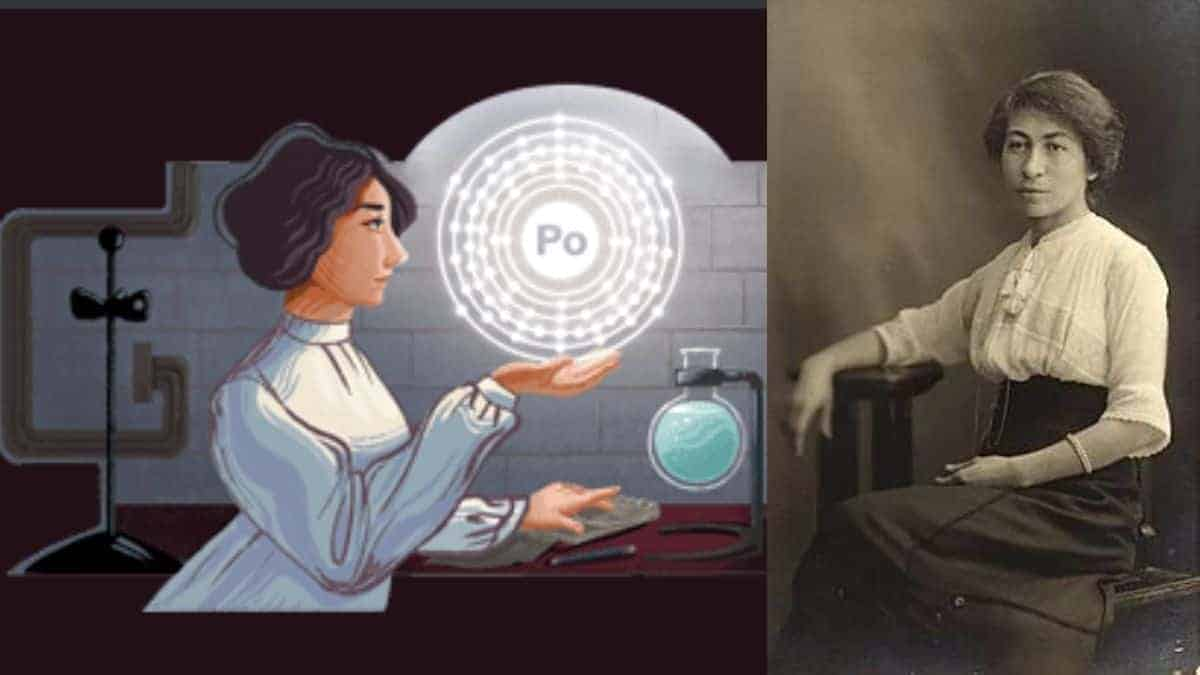Google Doodle honors Romanian physicist Ștefania Mărăcineanu

On what would have been her 140th birthday, today’s Google Doodle honours and celebrates Romanian physicist Stefania Mărăcineanu.
Who was Ștefania Mărăcineanu?
Mărăcineanu’s early and personal life is little known, but biographers Marlene and Geoffrey Rayner-Canham claim he had a “bleak” childhood. After earning a degree in physical and chemical science from the University of Bucharest in 1910, the young scientist taught in a number of high schools in the city, including the Central School for Girls. Mărăcineanu received a Romanian Ministry of Science scholarship while teaching, which led to a graduate research position at the Radium Institute in Paris, France.
Stefania Mărăcineanu worked under the mentorship of scientist Marie Curie at one of the most prestigious laboratories researching the effects of radiation and radioactivity. The young Romanian even started writing her PhD thesis on polonium, the same element that Curie had discovered.
Mărăcineanu found that the half-life of polonium seemed to be depending on the sort of metal it was placed on researching it. This factoid made her worry if the polonium’s alpha particles had converted some of the metal’s atoms into radioactive isotopes. Stefania Mărăcinean’s research resulted in the first known instance of artificial radioactivity.
Mărăcineanu completed her PhD in physics at Sorbonne University in Paris after working at the Radium Institute. After four years at the Astronomical Observatory at Meudon, he returned to Romania. Stefania Mărăcineanu established Romania’s first laboratory dedicated to the study of radiation here.
Mărăcineanu, a scientist in every sense of the term, spent time researching artificial rain and travelling to Algeria to test her findings. She even examined the relationship between earthquakes and rainfall while she was there, and was the first to realise that there is often a considerable spike in radioactivity at the epicentre in the days leading up to an earthquake.
Despite being one of the foremost researchers and experts on radioactivity, Irène Currie, Marie Curie’s daughter, and her husband were jointly awarded the Nobel Prize in 1935 for their discovery of artificial radioactivity.
Mărăcineanu did not contest the Nobel Prize, but she did request that her role in the discovery be acknowledged. Mărăcineanu’s work was recognised by the Romanian Academy of Sciences in 1936 when she was elected as a Director of Research, but she never garnered international acclaim for the discovery.
Stefania Mărăcineanu died of cancer in 1944, apparently as a result of her work and experiments exposing her to radiation. The Google Doodle for today is a basic laboratory in honour of the Curie Museum in Paris, where Stefania Mărăcineanu would have definitely spent numerous hours celebrating her 140th birthday and legacy as a pioneering female scientist.


